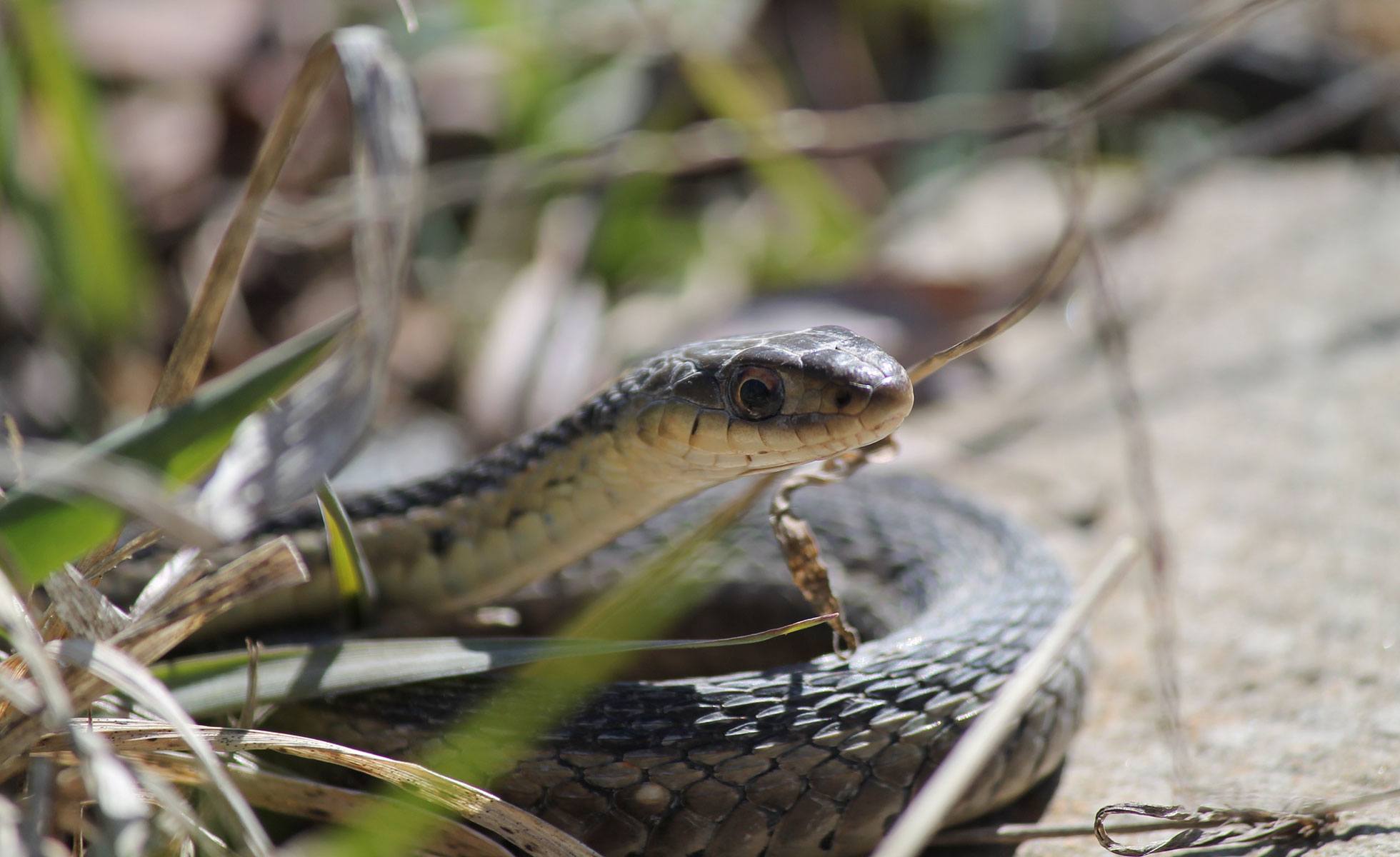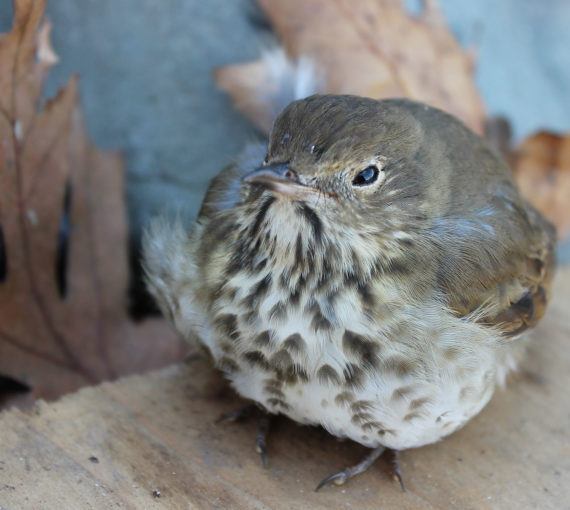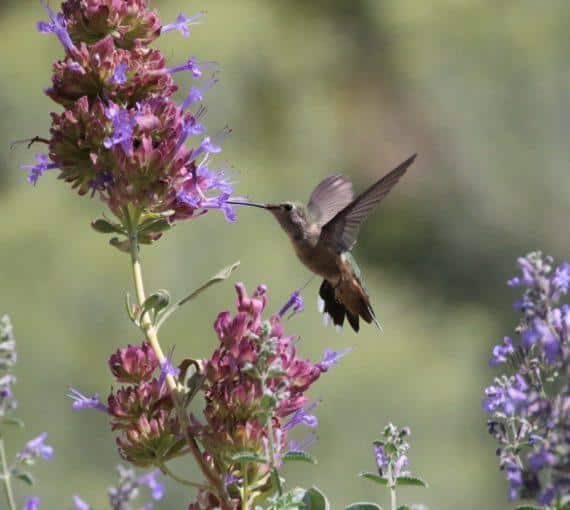
Garter snakes are one of Canada's 25 different snake species. (Photo: kjschroeder via Pixabay)
Is your garden overrun with slugs and mice? (The slugs get to your leafy greens and strawberries before you do.) If you live in Canada, “rewild” your yard and enlist the help of snakes!
Many species of garter snakes eat slugs and mice. Snakes are also prey for mammals and raptors.
In Canada, we have about 25 different snake species. Most are shy and avoid humans. Only three species are venomous and one rare species has slightly toxic saliva.
Snake-friendly gardening tips
- Avoid pesticides like slug bait, which are harmful to snakes, other wildlife, children and pets.
- Imitate nature. Avoid single species planted in straight lines. (As when creating a wild bee sanctuary, plant native species in patches.)
- Move objects like stones and slate carefully. They may be providing cover for snakes.
- Plant hedges. They provide travel corridors and hiding places for snakes and other wildlife.
- Leave rocks, brush piles and patches of shrubs as hiding places from hawks, crows, racoons and mink. Did a tree fall? Leave fallen logs and bark when possible.
- Rock walls and brush piles are most valuable when connected to each other (and not in the middle of large, open areas).
- Provide sun bathing areas. Snakes need to raise their body temperature to digest food. Mother snakes need warm spots when producing eggs or live young.
- Before mowing grassy areas, walk through with a stick and help snakes slither away.
- Protect or build a hibernaculum (den). Snakes love rocky hillsides or knolls on well-drained sites that receive sun most of the day and are protected from cold winds. Note: snakes return to the same hibernacula year after year.
- Buy a snake identification guide to identify species and become familiar with their habitat needs and behaviours.
- Share your snake-friendly smarts with friends, family and neighbours.
Did you know snakes and their dens are protected by law in Canada? Do not kill, harm or harass snakes or destroy dens. Such actions are contributing to the decline of many species.
Snakes sometimes go into basements or buildings to follow prey (like rodents) or to hibernate in the fall. Call your local conservation officer or wildlife rescue shelter if you’re concerned.

Did you know?
Snakes are drawn to the heat of pavement, making them vulnerable to traffic. Watch for them on the road, especially during spring and fall. Some roads even have “snake crossing” signs!



